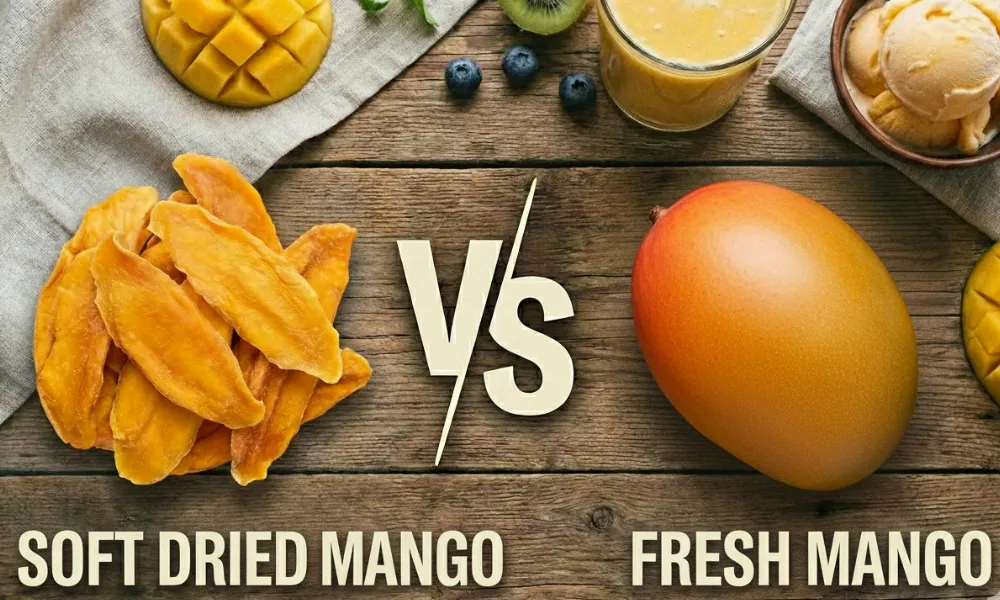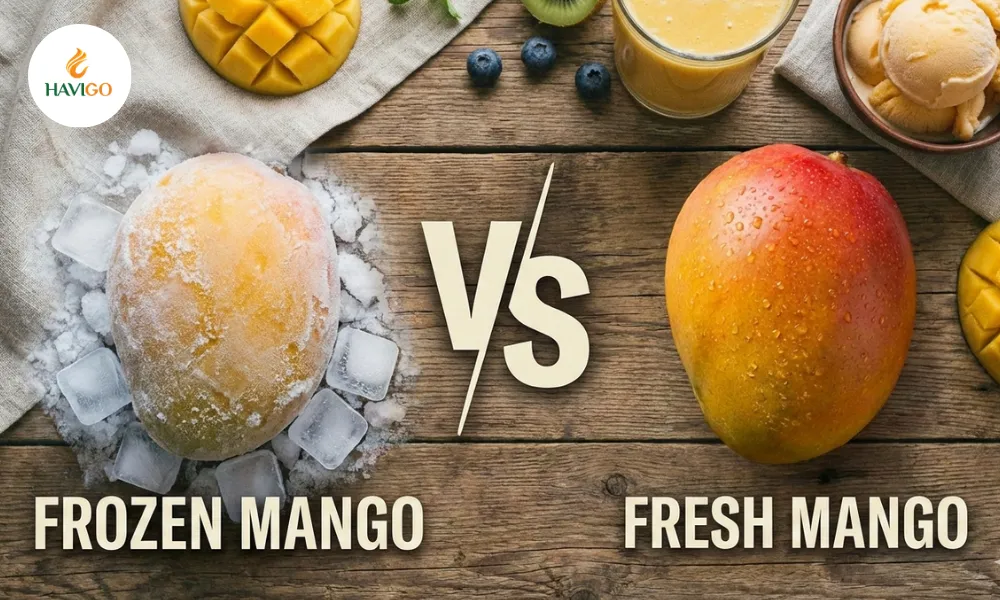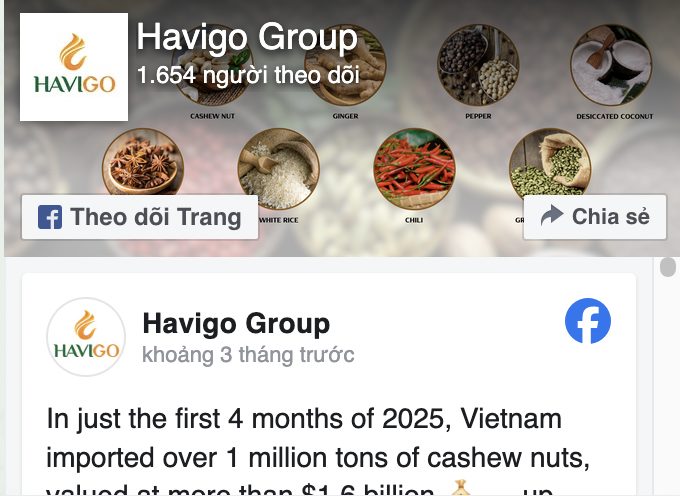Vietnam is one of the leading exporters of desiccated coconut in the world, particularly from the Ben Tre province, which is known as the “Kingdom of Coconut”. Vietnam desiccated coconut is known for its high quality and high fat content, ranging from 63% to 68%. It is a versatile ingredient that can be used in a variety of recipes, and it is also a good source of nutrients.
1. What is Vietnam Desiccated Coconut?
In Vietnam, Ben Tre province is the capital of coconut. This province can supply high productivity of fresh coconut and coconut products. Therefore, desiccated coconut is also one of the high-quality products from this province. Ben Tre desiccated coconut is available in different varieties, including fine, medium, and chip, and people use them in a variety of baking and cooking.
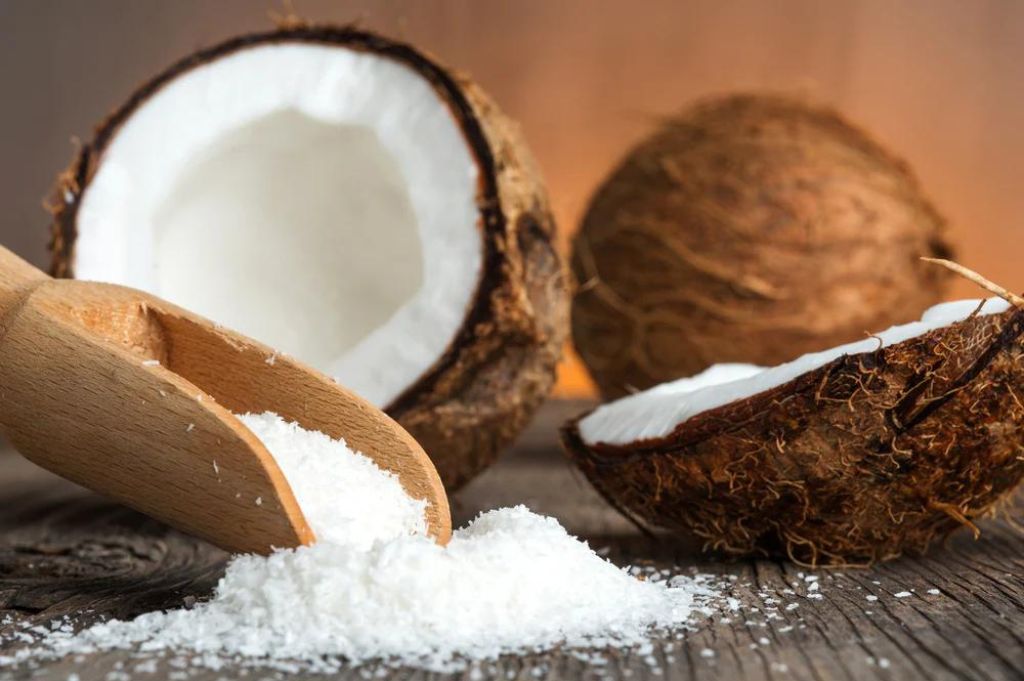
In recent years, the demand for desiccated coconut has increased due to its various uses. The coconuts are carefully harvested and processed, resulting in a product that stands out in the global market. People use the coconut meat to produce desiccated coconut. They grate the flesh of mature coconuts and then dry it out in hot air. The result is a dry, finely grated coconut and it meets the standard.
In summary, desiccated coconut is a delightful ingredient that adds flavor, texture, and versatility to both sweet and savory dishes. This product contributes to the Vietnam export industry significantly!
2. The allure of Vietnamese Coconut
An ideal growing region
Vietnam, with its subtropical climate and fertile soil, provides the perfect environment for coconut cultivation:
In the southern part of Vietnam, Ben Tre stands out as the country’s coconut capital. Its alluvial soils from the Mekong Delta, make an ideal place for producing top-quality coconut products (fresh coconut, copra, semi-husked coconut, coconut water, coconut milk…). Ben Tre boasts the largest coconut-growing area in Vietnam, covering 74,000 hectares (approximately 182,800 acres).

Coconut trees in Ben Tre hold immense value. They provide not only food and beverages but also materials for household utensils, fine arts, and even house construction. So, we can see that coconut trees can benefit people in many aspects of life.
Processing of coconut in desiccated form
The journey from coconut to desiccated coconut involves several steps:
Initially, People harvest mature coconuts and remove their husks to reveal the white coconut meat. Then, they clean white coconut meat and cut it into pieces. After that, people finely shred the coconut meat to make desiccated coconut based on various sizes: fine, medium, flake, or chips. Next, they dry the shredded coconut, either in a hot oven or using an air drying machine, at temperatures around 50–60°C. The drying process removes moisture, resulting in desiccated coconut with a milky white color and a delicious, fatty flavor. After drying, they move to cool the desiccated coconut and grade it to the desired size.
3. Three kinds of Desiccated Coconut based on size
Vietnam produces different forms of desiccated coconut to cater to various culinary needs:
Fine Grade: Fine desiccated coconut has the smallest particle sizes. Therefore, it is suitable for use as fillers, toppings, and ingredients in baked goods like biscuits, snack bars, cakes, and cookies.
Medium Grade: Medium desiccated coconut has slightly larger particles and offers a balance between texture and flavor. People can use it in both sweet and savory dishes, adding a delightful coconut essence.
Flakes and Chips: Desiccated coconut is also available in flake or chip form. These variations provide different textures and are versatile for both cooking and baking.
4. The fat content of Desiccated Coconut
The fat content of desiccated coconut can vary depending on how people process this product. There are 3 categories of this product: low, medium and high fat.
- Low-fat: This type of desiccated coconut has had a lot of coconut oil removed during processing. It typically contains a maximum of 35% fat.
- Medium-fat: This is the most common type of desiccated coconut. It contains ranging around 40-50% of the fat naturally.
- High-fat: This type of desiccated coconut retains most of the natural coconut oil. It has the highest fat content of 63% for the minimum.
Remember, the fine size of desiccated coconut contains 3 above fat content. However, the desiccated coconut in medium size only contains high fat.
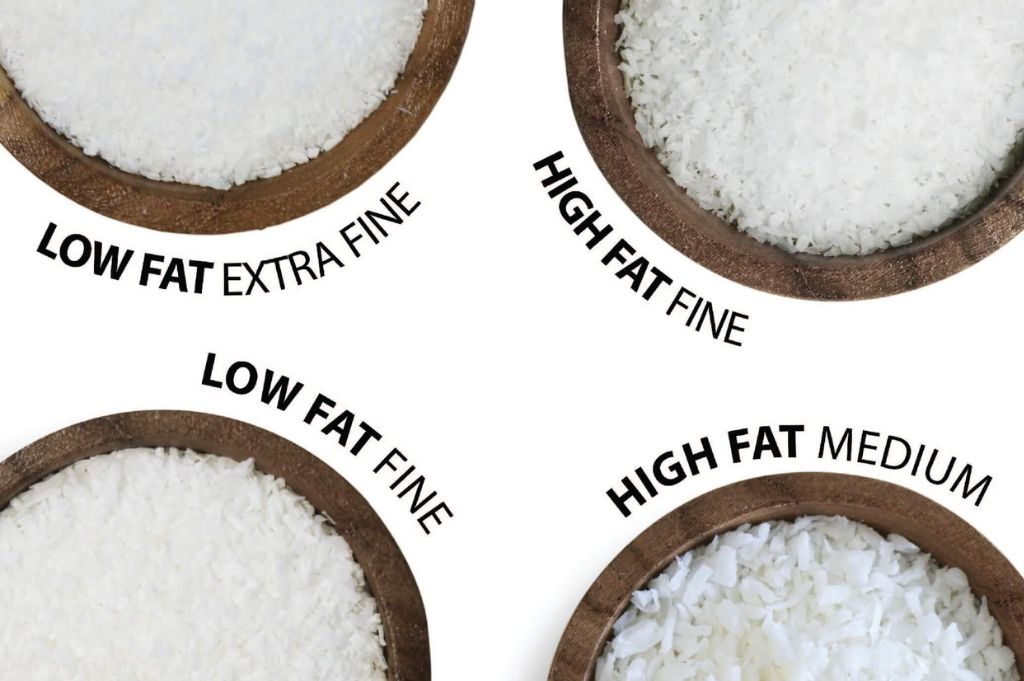
The shelf life of Vietnamese desiccated coconut varies depending on the fat content. In detail:
- High fat (over 63% fat): This type can last for 18 months unopened if stored in cool, dry conditions.
- Low fat (under 35% fat): This type typically has a shelf life of 24 months unopened when stored cool and dry.
Once you open the desiccated coconut, it’s best to follow the general storage recommendations mentioned earlier (airtight container, cool, dry place) for a maximum shelf life of around 6 months.
5. Advantages of using Desiccated Coconut
Vietnamese desiccated coconut stands out due to its remarkable features:
- Natural white color and fresh aroma: The natural white color of Vietnamese desiccated coconut reflects its purity and freshness. When opening a bag of this product, you’re greeted by a delightful aroma that instantly transports you to tropical shores.
- Spongy texture: Unlike some dry and brittle desiccated coconuts from other countries, the Vietnamese variety has a spongy texture. This unique texture adds depth to your culinary creations, whether baking, cooking, or garnishing dishes.
- Rich nutrient: desiccated coconut is not just about flavor and texture—it’s also a nutritional source. It contains essential fatty acids, which are beneficial for overall health. Additionally, it provides vitamins such as vitamin C and B-complex vitamins and essential minerals like potassium and magnesium.
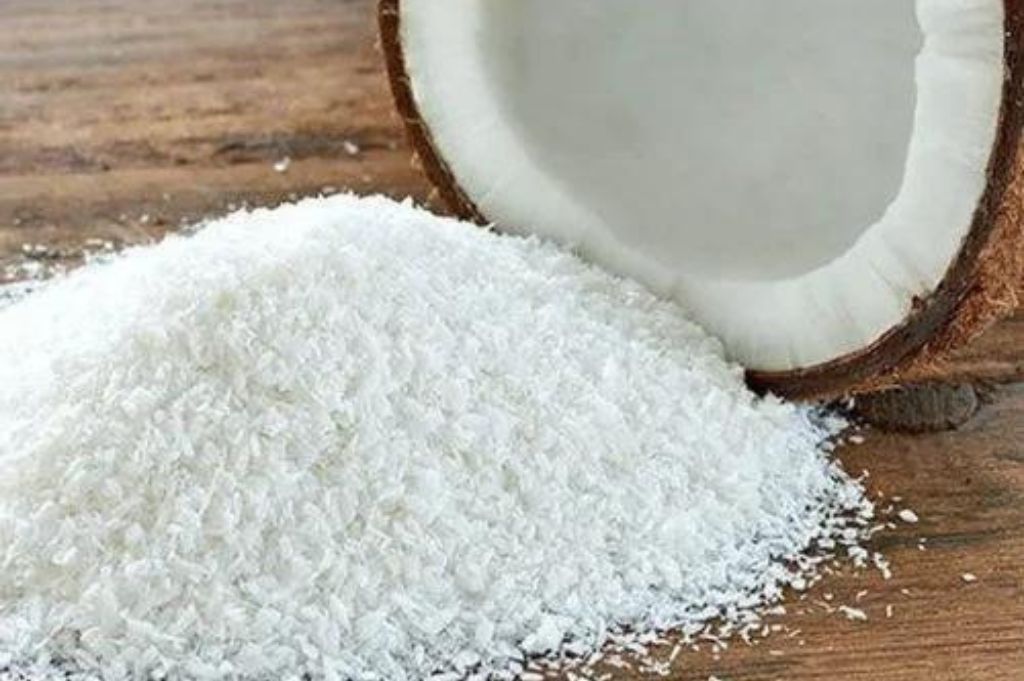
With the above benefits, it’s a surprise that the price for desiccated coconut is reasonable compared to products from other countries. Due to abundant input resources and high technique in production, the price for this product can be competitive.
In summary, Vietnam desiccated coconut combines superior quality and affordability, making it a delightful addition to your culinary!
6. Various uses in culinary of Coconut in Desiccated form
As we have mentioned above, this is a versatile ingredient that can be used in a variety of recipes.
How to use in baking
- Coconut cake: A freshly baked coconut sponge cake is a delight. It’s light, fluffy, and topped with silky-smooth buttercream. The cake itself contains coconut milk and desiccated coconut, and it’s coated with even more coconut for maximum flavor.
- Hong Kong style coconut tarts: These flaky tarts have a rich and creamy filling. The crust is light, and the coconut adds a tropical twist. They’re not overly sweet, making them a perfect ending to any meal or a delightful mid-morning treat.
- Coconut tart with raspberry jam: This tart combines tartness, sweetness, and buttery goodness. The coconut balances the flavors, and it’s especially delightful when served warm with a drizzle of vanilla sauce.
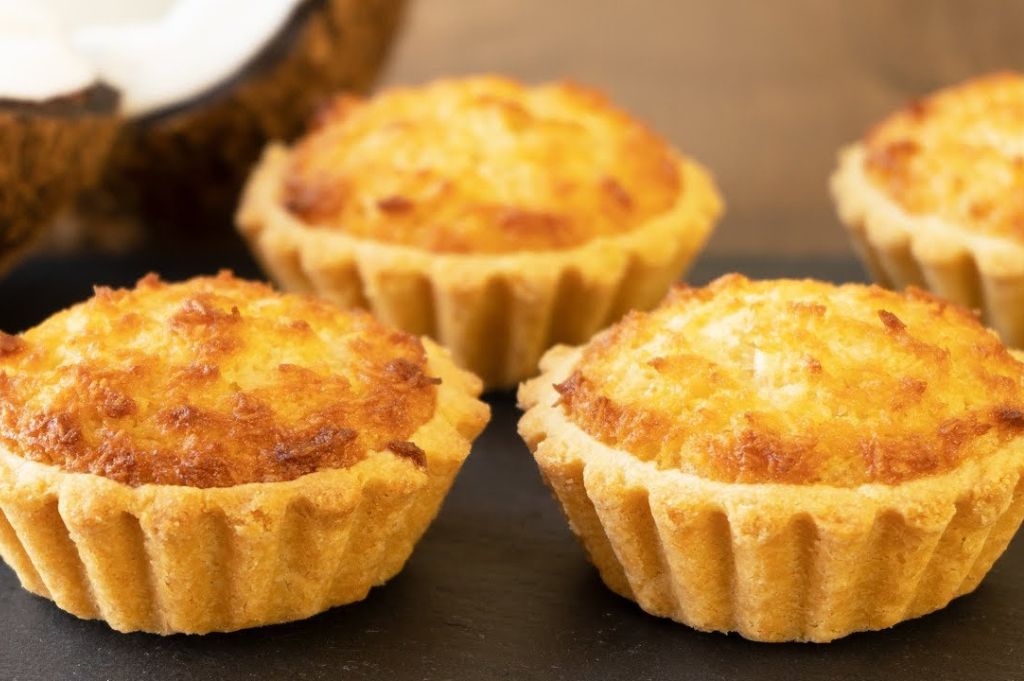
Other culinary applications
- Curries: Desiccated coconut is a common ingredient in Indian and Southeast Asian curries. It adds flavor and texture, especially when you toast before putting into the curry.
- Rice dishes: Use can use to enhance the flavor of rice dishes, providing a subtle coconut essence.
- Stir-Fries and soups: People can sprinkle desiccated coconut into stir-fries and soups for added texture and a hint of tropical flavor.
- Snacks: Eaten by itself, desiccated coconut makes for a delicious snack. It’s also a great addition to hot or cold cereal and can be sprinkled on top of ice cream or coconut milk yogurt.
- Homemade coconut milk: People can use desiccated coconut to make coconut milk by blending it with water and straining out the solids.
In summary, desiccated coconut is a versatile ingredient that adds a delightful coconut essence to both sweet and savory dishes!
7. Health benefits of Desiccated Coconut
Here are some of the benefits of using Ben Tre desiccated coconut:
- High in fiber: Desiccated coconut is a good source of fiber, which can help to promote digestive health and regularity.
- Good source of minerals: Desiccated coconut is a good source of iron, magnesium, and potassium. Moreover, this product can give the body many vitamins like B and C.
- May aid heart health: The fiber and healthy fats in desiccated coconut may help lower bad cholesterol levels, potentially reducing the risk of heart disease.
- Promotes digestion: The fiber content in desiccated coconut can contribute to a healthy digestive system by aiding regularity and potentially reducing constipation.
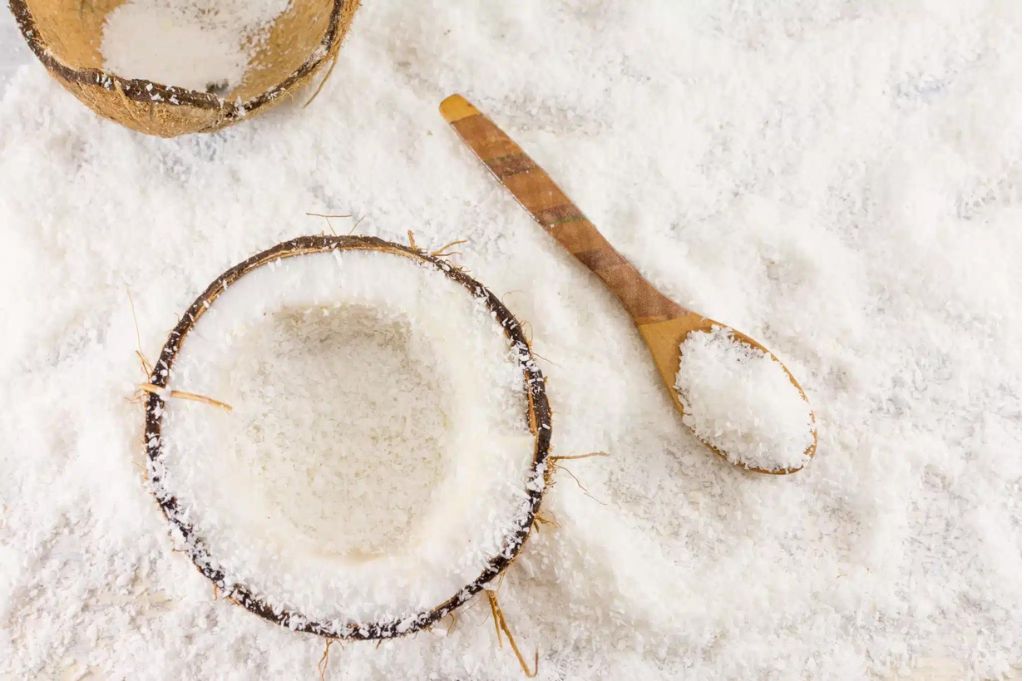
However, it’s important to consider this point: Desiccated coconut is a calorie-dense food, so enjoy it in moderation, particularly if you’re watching your weight.
A Delight from Ben Tre
Vietnam’s desiccated coconut, from the lush orchards of Ben Tre province, embodies the essence of tropical goodness. Its sweet, nutty flavor and delicate texture make it a versatile ingredient in both traditional and modern cuisine. Whether sprinkled over desserts, blended into smoothies, or used as a topping for savory dishes, this delightful coconut product brings a taste of Vietnam’s sun-kissed landscapes to every table.
Havigo Company Limited operates in the field of agricultural export. We wish to bring high-quality Vietnamese agricultural products such as spices, rice, beans, and fruits… to the world. We supply you with high-quality products at the best price. If you find interested in importing Desiccated Coconut, don’t hesitate to get in touch with us for better support via WhatsApp: +84 979 58 58 56.




